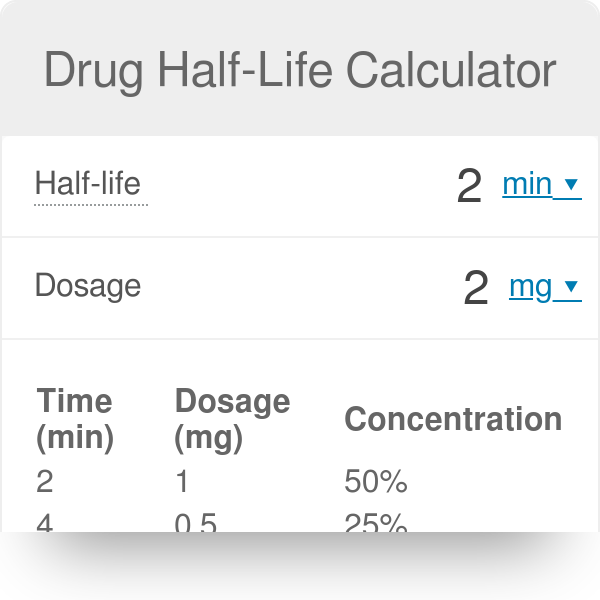

Analogous to the usage for the word “threshold” is the phrase “threshold dose”. For example, if a student took the same examination twice, or in two forms, would he get the same grade both times? If the same work were reviewed by two graders, would they both assign the same mark? Sensitivity The lowest value of input that can be inferred with a given degree of validity and reliability from measurements of output. For example, does an essay examination validly measure a student’s knowledge of material, or is it invalid, actually measuring his literary skill or the state of the grader’s digestion? Reliability The degree to which the input-output relationship is reproducible if the relationship is studied repeatedly under comparable conditions. Validity The degree to which output reflects what it purports to reflect, i.e., input the degree to which output is a function of known input and it alone. Error, as defined by the engineer, is most like “precision” as defined below. Error is defined as the algebraic difference between an indicated output value and the true measure of the input or measurand.

Accuracy In engineering, “accuracy” is the ratio of the “error” of a system to the range of values for output that are possible, i.e., the ratio of error to so-called Full-Scale Output. “Accuracy”, as formally defined, and the elements that contribute to it can be only briefly outlined here. Generally, “input” can be looked on as the measured value of an independent variable or “measurand” “output” can be viewed as a measurement made under non-standard or test conditions. In quantitative chemical analyses, the “calibration curve” is an example of the input-output relationship. In physics and engineering, the “stress-strain diagram” is a special representation of the input-output relationship in pharmacology, the “dose-effect curve” is an example of the input-output relationship. The input-output relationship, for all its generality, has specific application–and specific names–in different scientific fields and for different kinds of experimental or observational systems. The elements to be taken into account in a complete evaluation of a method or system can be derived from the properties of the quantitative relationship between the “input” and the “output” for the system.
PHARMACOKINETICS AND DYNAMICS CALCULATOR FREE
Effective use of a method or observation requires that we know the ways and degrees to which the data are free of error, not that we know only that the data are “accurate” or “inaccurate”. “Accurate” is frequently used to refer indiscriminately to the effect of any of these elements, or to the combined effects of all of them on the freedom from error of a system. The use of the single word “accurate” also hides the fact that a number of separate elements contribute to over-all freedom from error. The use of the word “accurate” – free of error – in referring to a scientific observation or scientific method sometimes obscures the fact that even the best methods and observations are only relatively free from error. b, Compartment(s), Volume of Distribution, Half-Life a is used as a subscript for pharmacokinetic parameters appropriate to the distributive phase, e.g., t 1/2a, V da, etc.Ĭf. The earlier segment of a biphasic plot of log C against t (following intravenous injection of a drug) represents the “distributive phase” of a drug’s sojourn in the body. The amount of drug in the drug’s volume of distribution is equal to the concentration of the drug times the volume: A = C Special attributes of the amount are indicated by subscripts: A 0, the amount of drug in the body at “zero-time ” A B, the amount of drug in the body A U, the amount of drug recovered in the urine, etc. Please report any faulty links on the Contact Us page.Ī – B – C – D – E – F – G – H – I – K – L – M – N – P – R – S – T – U – V – ZĪn amount of drug or chemical in units of mass such as milligrams. Questions or comments should be mailed to Carol Walsh, Ph.D. Professor Emeritus and Former Chairman of Pharmacology Glossary of Terms and Symbols Used in PharmacologyĬopyright 1995-2022 by Trustees of Boston University.


 0 kommentar(er)
0 kommentar(er)
